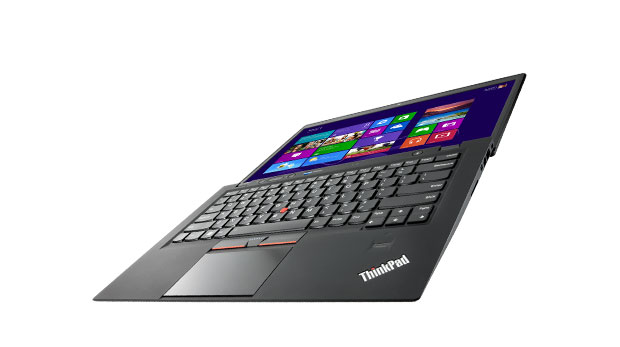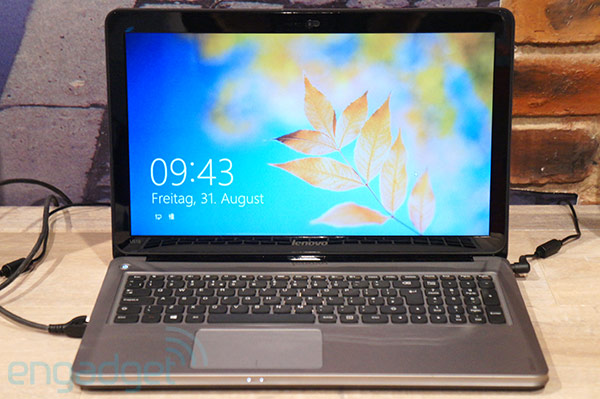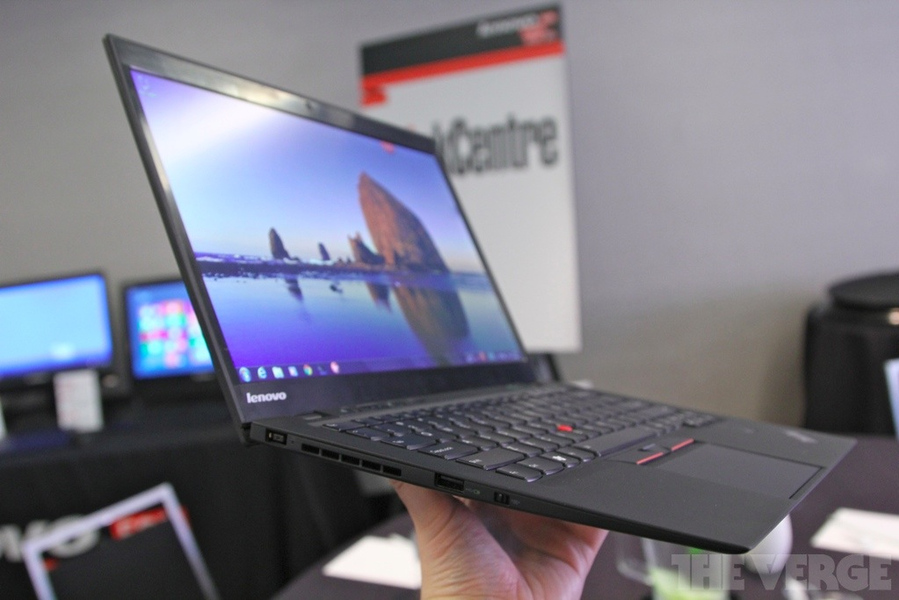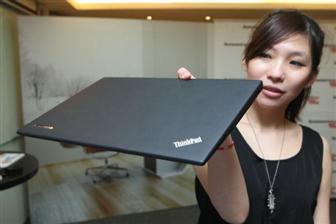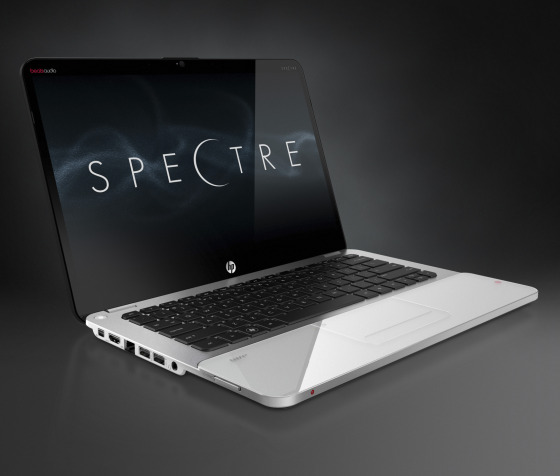In the 21st century the rate of change is faster than ever. When people in the year 2100 look back on our century, who knows what advancements they will celebrate. Although we are only 14 years in and there is still a long way to go, this century has already witnessed technological changes that affect everyone’s lives. Here are just a few:
Smart Phones
The iPhone was introduced in January 2007 and Google’s Android software for smart phones was introduced in 2008. It’s hard to believe that modern smart phones are less than a decade old, and they just keep getting more useful, with millions of apps available for both platforms to add just about any feature imaginable. The multi-touch screens, GPS, and ever faster connectivity mean that you can use your smartphone as everything from a GPS for driving directions, a small television, a game console, or a communications platform for Facebook, messaging, and video calling. The introduction of smart phones means you can truly be connected to the Internet just about any time, anywhere.
Tablet Computers
Tablet computers may not be entirely new, but the introduction of Apple’s iPad in 2010 made them a sought after device that can perform many of the functions of a larger, heavier laptop. Early tablets were mostly devices for consuming media, whether reading books or watching movies. But with the introduction of better and faster chipsets and the creation of new apps, today’s tablets can be used to create business documents, edit videos, or store a doctor’s searchable library of medical texts for diagnosis.
Image Credit: Sam Churchill
Driverless Cars
Google has created a car that can drive itself, a concept that has furthered advances in computer traffic grid systems and other near-future set ups. The goal is to reduce driver accidents by allowing some, or all parts of a journey, to be handled automatically. The Google car is a Toyota Prius outfitted with cameras, radar sensors, and a laser range finder to help it navigate through city streets. The car has been reported to have travelled 140,000 miles in a publicity tour without ever having an accident.
Image Credit: Intel Free Press
Ultra Light Laptops
With more power than a tablet but still incredibly thin and light, ultra thin computers such as the Toshiba Kira Laptop have changed the face of laptop computing. These laptops typically use low-power Intel processors, solid-state drives, and a unibody construction to make the smallest, lightest product possible. The MacBook Air was introduced in 2008 and today there are dozens of ultrabook makers in the market. Click here for more information on adding the speed andportability of an ultrabook to your technology tools.
Image Credit: Jason Howie
Social Media
Who could have predicted when Facebook launched back in 2004 that it would have over 600 million users in less than a decade? Or that YouTube, launched in 2005, would soon boast over 4 billion videos viewed every day. Social media has invaded and changed every aspect of Internetculture, from how you connect with friends to how products are marketed.




